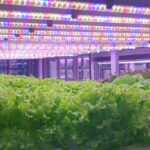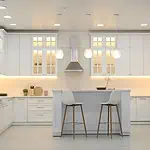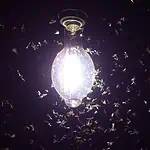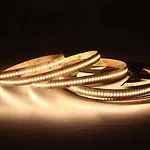We all know that plants undergo photosynthesis to produce energy for themselves. Light is a vital component of this chemical reaction. It is why plants do not grow well when there is not adequate sunlight. You must have noticed that some indoor plants grow better than others. And the reason for that is their placement within the house or office. Plants near a source of light grow better because it facilitates the process of synthesis.
Any sane mind would wonder whether a substitute for sunlight, such as LED strips, can be used to grow plants. And it is precisely what we want to make clear with this guide. So, let’s dive right into it.
Why Do Plants Need Sunlight?
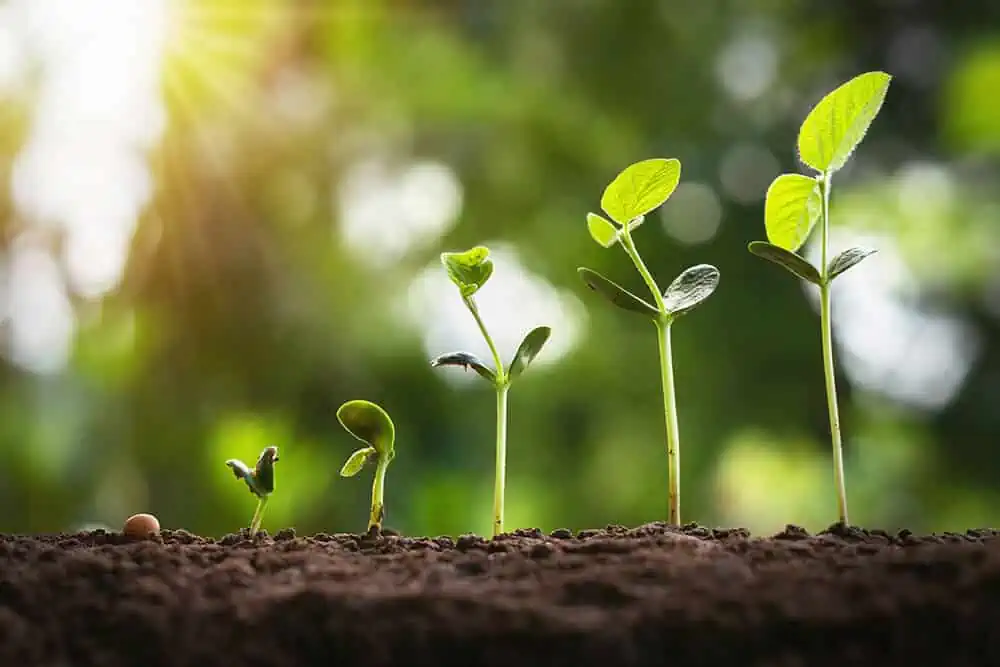
You have to understand the role of sunlight in photosynthesis to know whether an alternative like LED can be used as a substitute. It is a process that uses water and carbon dioxide, but the plant needs a certain amount of energy to initiate the reaction. The energy comes from chlorophyll which traps sunlight and thus initiates the chemical reactions.
The energy is captured in the form of photons which are units of light. Hence, essentially, any object that emits photons can be used to initiate photosynthesis. Now because LEDs emit photons as well, you can use them as substitutes for sunlight.
So, if you live in a place that does not get much sunlight, LEDs can be great alternatives to grow plants.
Can You Use All Types of LEDs to Grow Plants?
All LEDs emit photons; theoretically, any LED should work. But it is a superficial explanation, and the devil lies in the details. Different LEDs emit light with varying wavelengths. And not all the wavelengths are suitable for growing plants. LED lights we generally use in houses and offices do not have the optimal wavelength to grow plants. And it gets even more complex because plants also have different wavelength requirements.
Luckily, information about the appropriate wavelength for different plants is readily available on the internet. You must consider that and select the suitable LED type for a particular plant; however if there is not enough time to get into details, purchase a white LED. These lights offer a mix of appropriate wavelengths for various plant species.
What Is The Right Way To Use LED Strips To Grow Plants?
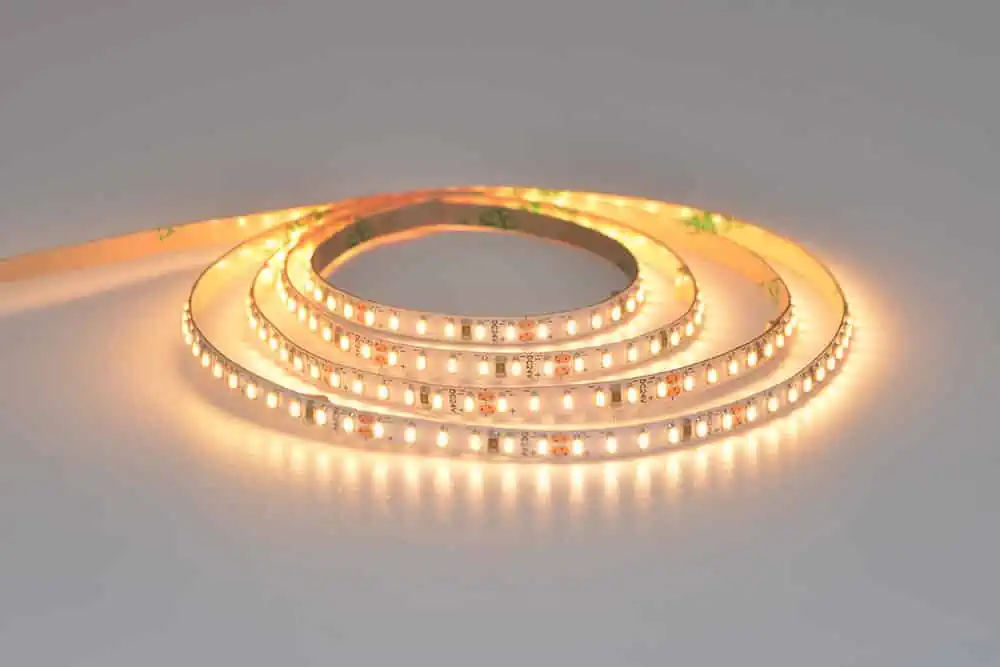
You cannot just purchase any LED light, hang it over the plant, and expect it to grow. You must follow a proper technique to ensure plants are getting adequate light. It becomes even more critical if you use LED strips as the sole light source. Failure to consider the following factors will result in stunted growth of the plants and flowers.
The Right Type of LEDs
Pretty much any LED light would do if the plants need supplemental light. But, if the LED is the sole light source, it is an entirely different story. Sunlight offers a complete spectrum of wavelengths, and each wavelength has a role to play. For example, blue light plays a role in plant growth, whereas red light is crucial for flower production. If the plant does not receive either of these wavelengths, it will result in stunted growth or sub-par production of flowers.
The mentioned wavelengths would work for most plants, but there are exceptions. Hence, before purchasing a LED strip, check for the wavelength requirement of the plants online. And ensure that the LED strips you are getting provide the appropriate wavelength for the plants.
Hang The Light at the Appropriate Distance
You should place the LED light near plants to provide the necessary energy without burning them. Just a few inches away from the plant is enough. But do not forget to adjust the height and angle as the plant grows. You can also purchase special light hangers designed especially for this purpose. These hangers will spread the light over the entire area of the plantation.
Do Not Keep Them On All The Time
Respiration is a process just as crucial as photosynthesis, and it does not require light. It does not mean that it happens only when the light is out. You do not have to turn the lights on while the reaction occurs. Hence, it is better to turn off the LED lights for a few hours to save energy, especially if you have multiple plants that use many LED lights. The LED lights will work best if they are turned on for 12-16 hours daily.
Traditional Grow Lights vs. LED Grow Lights: What Are The Differences?
Grow lights are products that are tailored to be used for the indoor-gardening. NASA and several other organizations have been studying them for decades. Traditional grow lights are variations of incandescent or fluorescent bulbs. Such lights are cheaper, but they pose particular risks to the plants. For example, the heat generated by these lights can sometimes be too much for the plants. Hence, the plants can get burned if they are not at the proper distance.
Furthermore, traditional grow lights are also prone to breakage, which leaks mercury, lead, and gasses that can impact plants’ growth.
On the other hand, LED Grow lights are expensive to purchase but offer several benefits over traditional lights. You do not have to worry much about their distance from the plant. Even if these lights are installed near the plants, they will not produce significant damage. It is because the heat generation is much less with LED lights, and it does not come at the expense of necessary wavelengths.
Furthermore, LED growth lights are much more rugged and less prone to breakage. And there are no mercury, lead, or gasses in them. Hence, even if they break near the plant, its growth would have little to no impact.
FAQs
nsity of the steady LED light is not strong enough to grow the plants. You must check the required wavelengths for the plant and pick the LED lights which can emit that.
LED lights emitting a range of wavelengths are appropriate for growing plants. White LED lights are suitable for most plants because they consume the least power, last longer, and emit various wavelengths.
Understand the requirement of your plants, specifically their wavelength requirement. Select the LED lights that can emit those wavelengths.
Conclusion
The modern world has restricted access to real estate for most of us. Only the luckiest individuals have a garden, backyard, or balcony where plants can be grown. So, the people that are fond of gardening but do not have the appropriate space go for indoor plants. But all plants, whether outdoors or indoors’ require light to grow.
Thus, the areas that do not receive adequate sunlight require some substitute, and LEDs are best at that. However, when purchasing a LED for indoor plants, it is essential to understand the different types of LEDs and the proper method to use them. We hope that the blog has made all of that clear.
We are a factory specializing in producing high-quality customized LED strips and LED neon lights.
Please contact us if you need to purchase high CRI Ra98 full spectrum LED strip lights.
